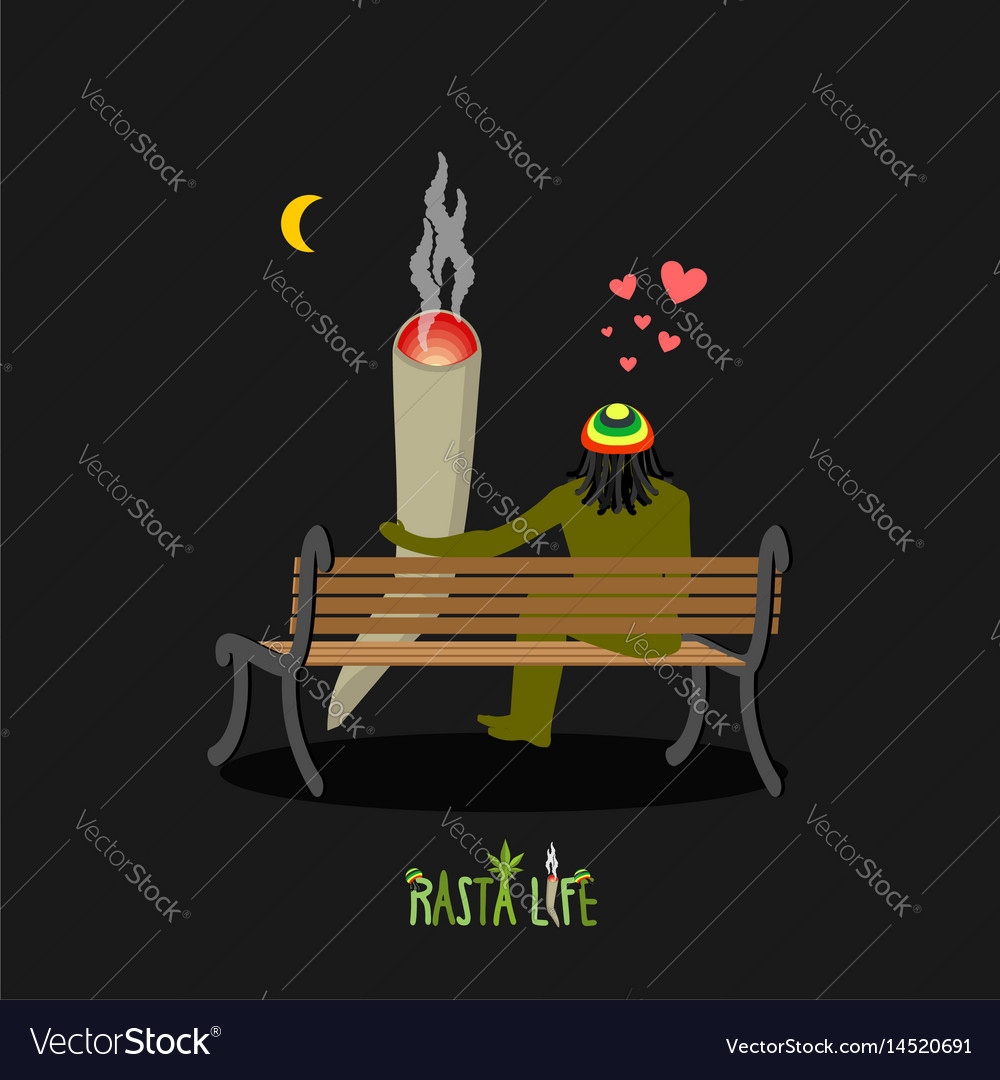

Despite the excellence of their releases, it seemed Jamaica was not entirely ready for The Wailers’ Rasta rocksteady, preferring this silky music to be accompanied by lyrics of love. However, Wail ’N Soul ’M was not a conspicuous success. Together at their new label, the group created singles such as “Bus Dem Shut (Pyaka),” “Selassie Is The Chapel,” and “Freedom Time,” the latter of which made direct reference to slavery some of its lyrics were reworked for “Crazy Baldhead” on 1976’s Rastaman Vibration.

His partners in the group, Bunny Wailer and Peter Tosh, were also devoted to the Rasta way Tosh cut the fierce “Rasta Shook Them Up” at the Studio One label after HIM Selassie’s visit Bunny Wailer delivered Rasta-influenced tunes such as “I Stand Predominate,” which used the term “I and I”, one of the first times the Rasta expression of unity with God was heard on record.
#Spike meaning in rasta free
He took instruction in the religion from the learned Mortimer Planno and, funded by his trip to the US, The Wailers opened their own record label, Wail ’N Soul ’M, through which they felt free to express Rasta beliefs. Free to express Rasta beliefsīy the time Bob had returned from the US, Rita was entirely converted to Rastafari, and her unshakeable belief was the tipping point for Bob’s destiny: a conversion to the faith. She believed she saw it as he passed: she noticed his palms were marked, as if they had the stigmata.

Rita found herself looking for signs, proof that this small, smartly-dressed figurehead was indeed deserving of holy status. Bob wrote to Rita when he heard about the Emperor’s visit, and suggested she go to see for herself. Bob was away working in Delaware, in the US, and like many young Jamaicans he’d developed a fascination for the ways of Rastafarianism, though he had not yet entirely embraced it. Present on the crowded streets just outside the airport was Bob’s wife, Rita.
#Spike meaning in rasta full
The faith was an alternative consciousness on the island, readily identifiable in person on the streets of Kingston and Spanish Town, and high in the hills and beaches out of town, where lengthy sessions of music, chanting and mindfulness could be found for those so inclined.įrom time to time, mainstream society would be forced to take notice of Rastafarianism, as when The Folks Brothers’ “Carolina” became a huge Jamaican hit, built on the burru drumming of Count Ossie or in 1966, when Kingston was suddenly full of dreadlocks, all here to see their King and Lord. But mainstream Jamaica rejected the Rastas, seeing them as long-haired, unwashed drug-taking outlaws and idlers. Rastafarians’ ability to quote from the Old Testament as if its events happened yesterday gave the religion a recognizable message and an immediacy for those raised as Christians. The faith’s rejection of what it saw as the remnants of slave society and its values, its adherents’ decision to “throw away the comb,” their devotion to ganja-fuelled meditation, and the hypnotic heavy hand-drumming that accompanied it, fascinated many Jamaicans. Such a huge turnout was a manifestation of the allure of Rastafarianism. His Imperial Majesty was met off the plane in Kingston by Mortimer Planno, the Rastafarian teacher and philosopher who was one of the key figures in the faith, and who was able to calm the devotees – 100,000 of them by some estimates – who had come to greet the Emperor.

Now he was to land on the island where many held this belief. Emperor Selassie’s presence as a black African ruler from the Rastafarian homeland of Ethiopia was taken as a second coming for Rastas. Indeed, their very name was taken from “Ras,” meaning Lord, and “Tafari,” Selassie’s family surname. Jamaica’s Rastafarian community worshipped the Ethiopian leader as a living God, the savior who would one day appear in Africa as a liberator of the black consciousness.


 0 kommentar(er)
0 kommentar(er)
